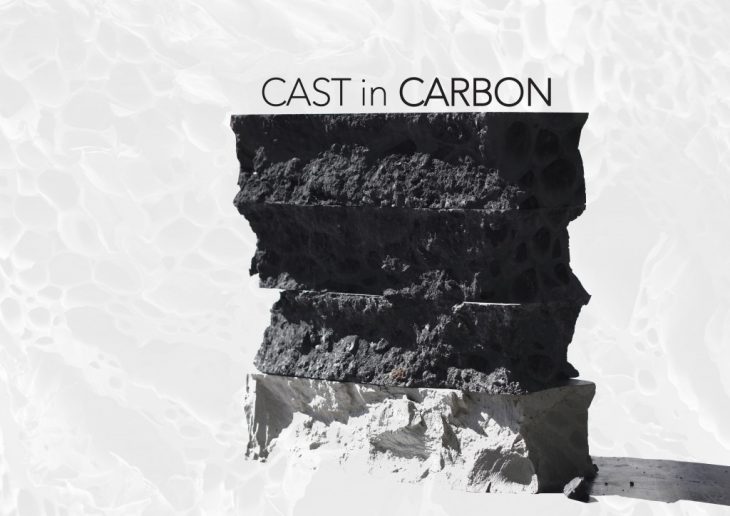
There are huge carbon emissions from human activities every year over the last few decades which has led to a high concentration of carbon in the atmosphere, and is gradually increasing the temperature of the Earth. The industries with the biggest carbon footprint include construction, transportation, energy production, animal husbandry, energy consumption, waste disposal etc. A study by the Technological Strategy Board cites that about 45% of the total carbon emissions in the UK is directly related to construction, usage and maintenance of the built environment.
Cast In Carbon is a research project, where the aim is to try to reverse the carbon cycle by attempting to remove the excess carbon from the atmosphere and also trying to bring down the emissions due to the construction process, by using Biochar, which has been under investigation as a material to mitigate climate change. The carbon is stored in the building structures, converting the buildings into “carbon sinks” which can store carbon for decades. The methodology followed for this project is through material research and testing of the prototypes and samples for the required parameters.
This research showcases an important method to reduce the environmental impact through construction & use of concrete. Biochar has been used as a replacement in various cement- based composites successfully & provided additional properties like thermal insulation, passive cooling & being lightweight. Due to the ease of its production, this project has the potential to be used globally & make an actual impact in the construction industry. The validity of this material system has been proven in a multidisciplinary scenario.

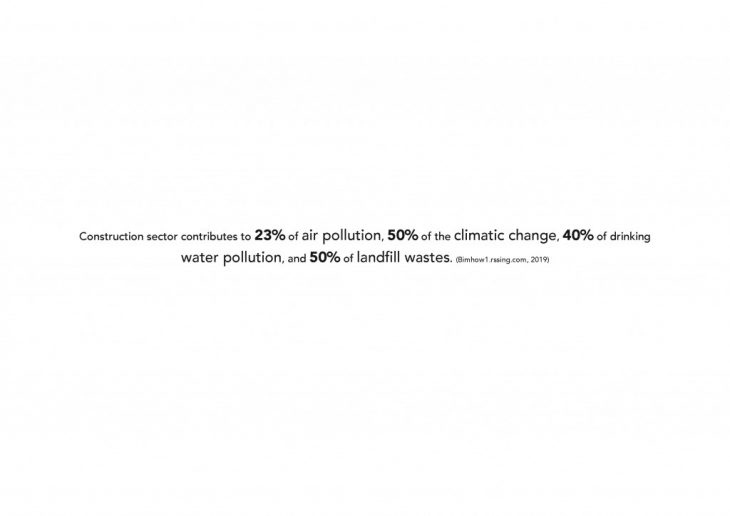
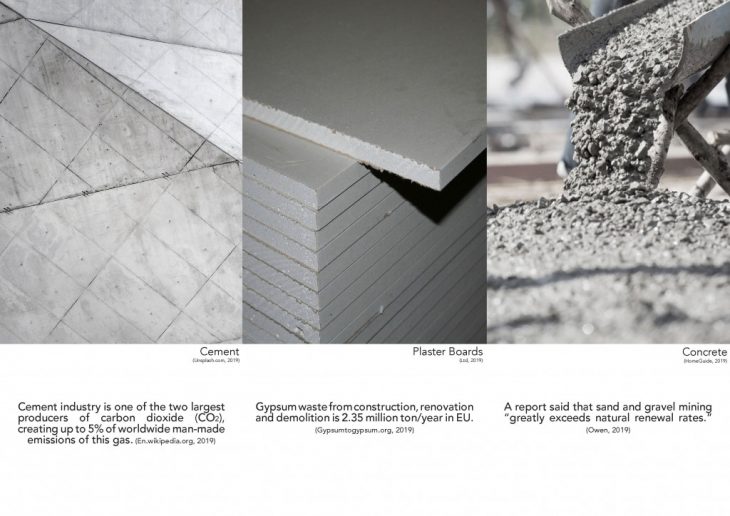
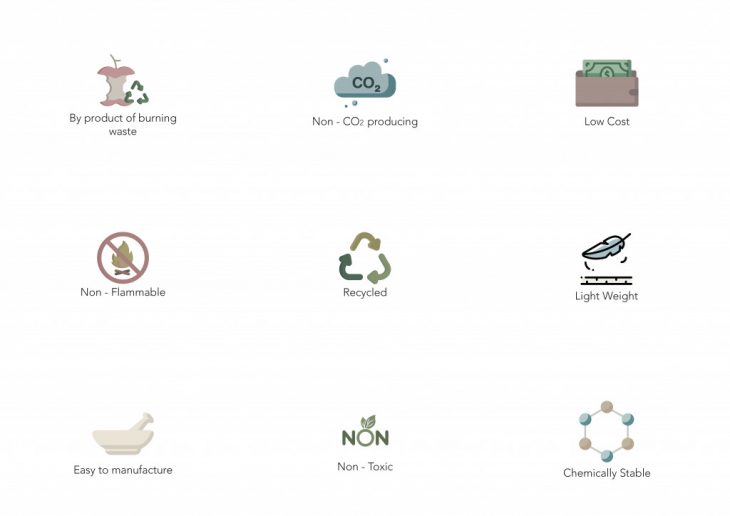

Biochar is a carbon-negative material which has been traditionally used in the agriculture industry as a soil amendment to improve the quality of the soil & the crop. There are certain properties of Biochar which point to its importance as a material which can be used in construction. The research focuses on the physical & chemical properties of biochar as a standalone material & as a part of a material system, replacing some other construction materials in existing scenarios. 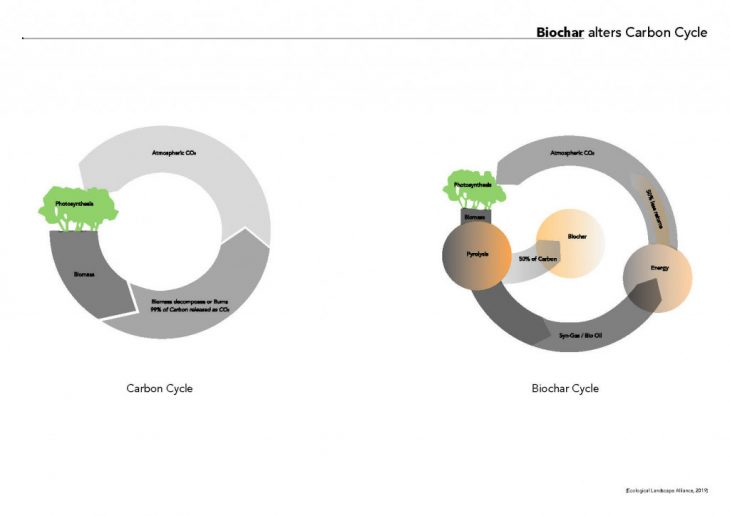
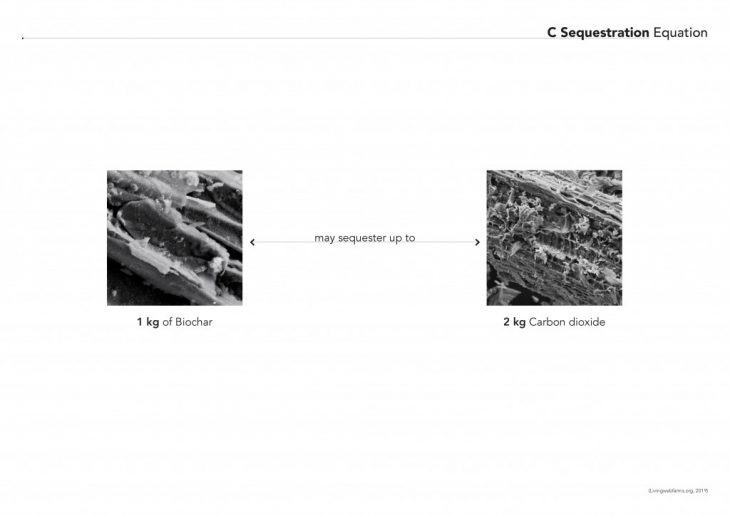
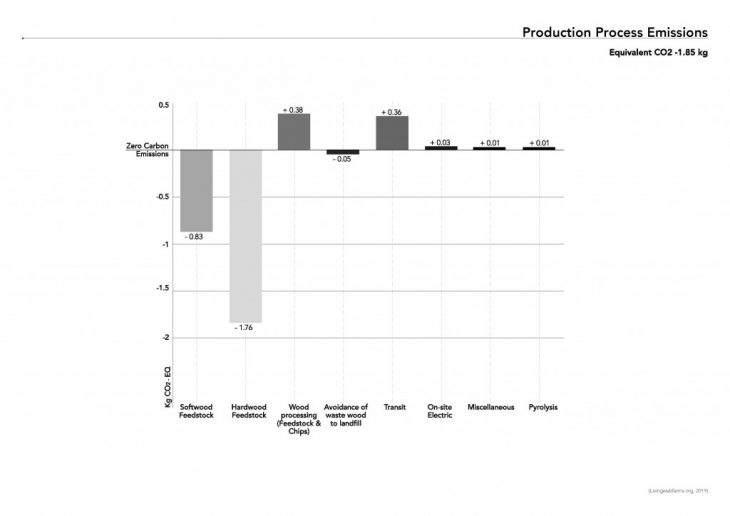
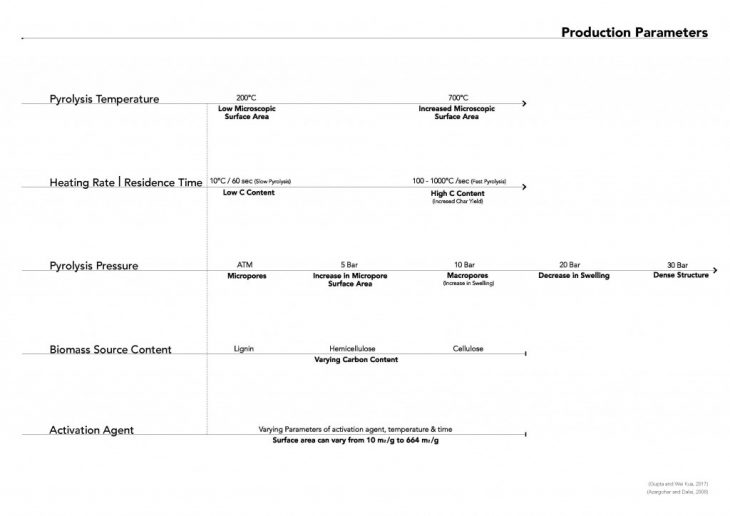
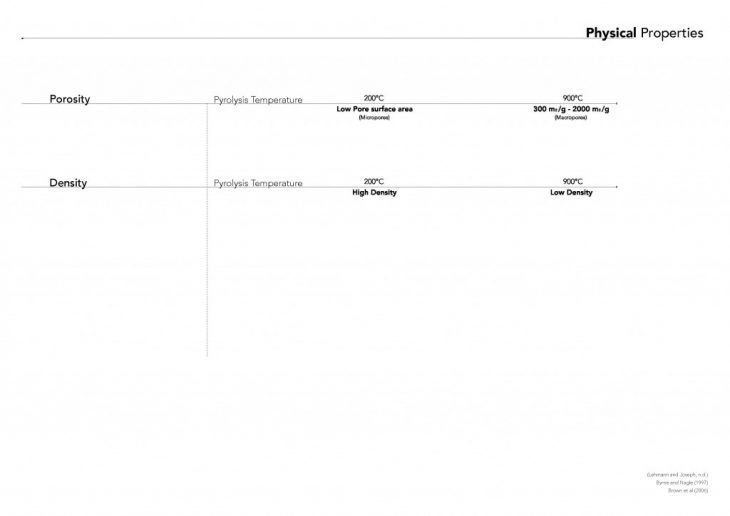
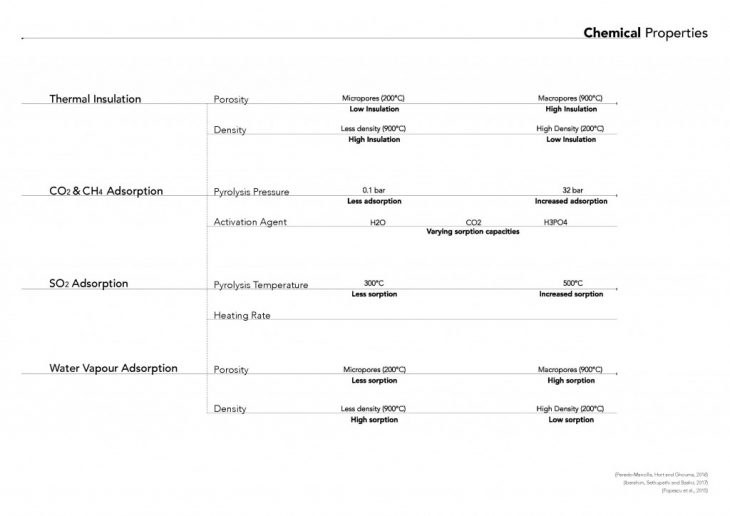

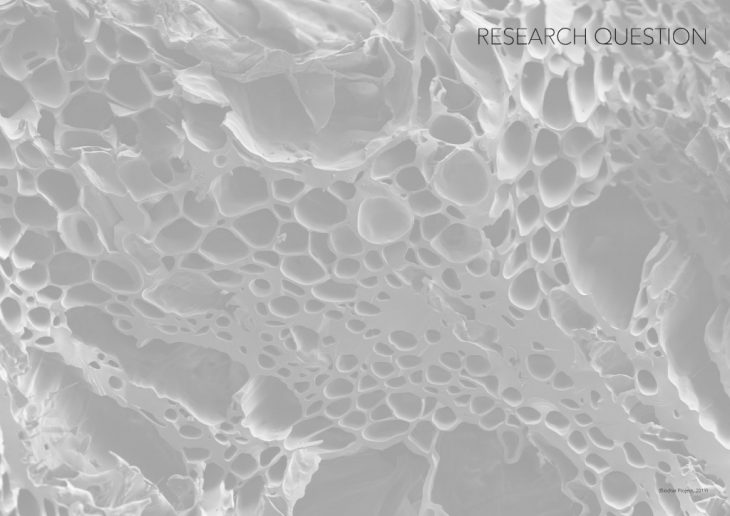
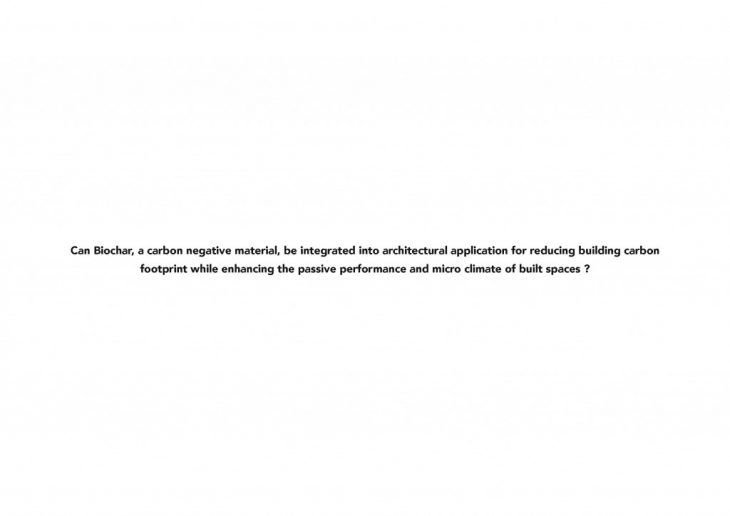


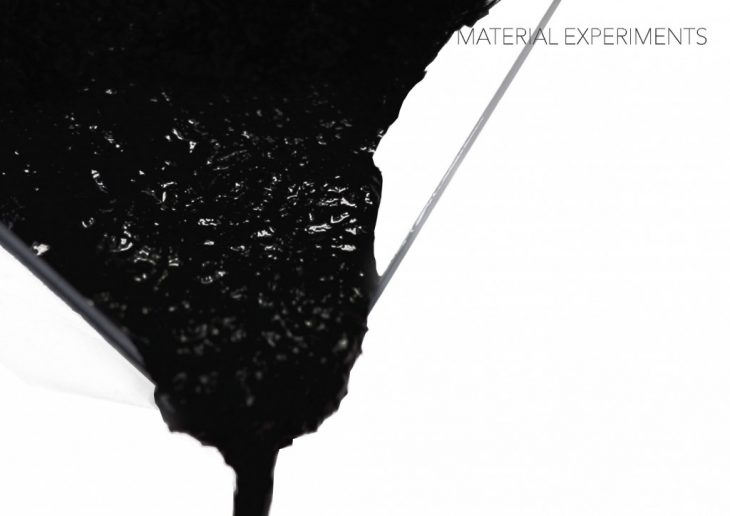
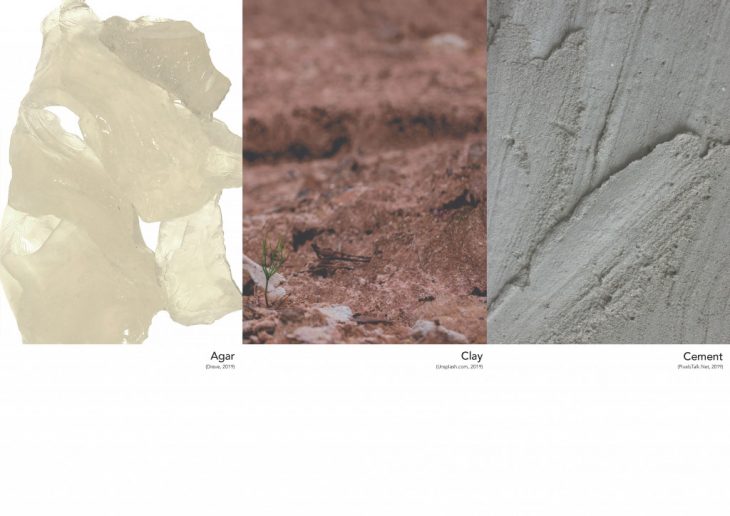
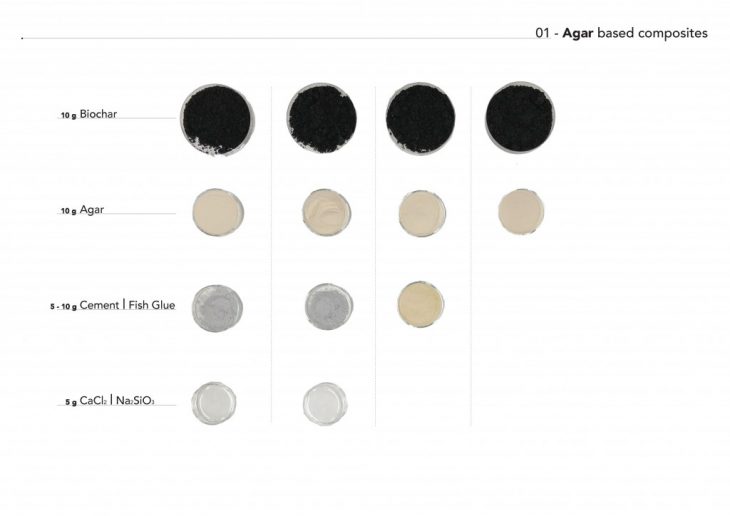
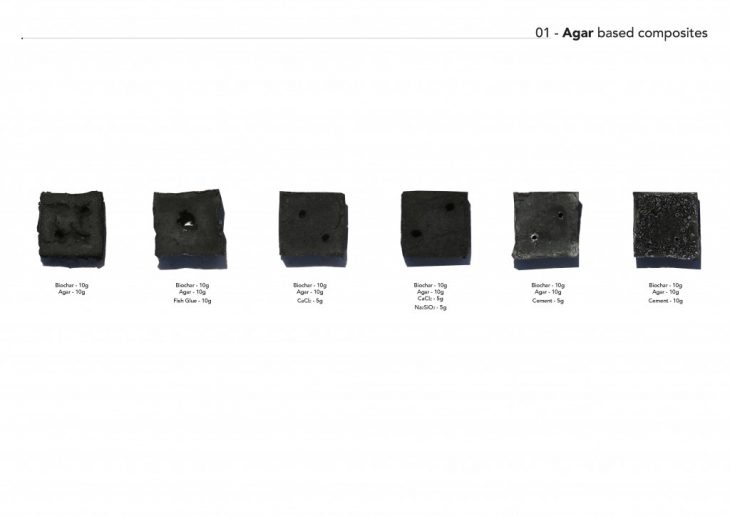

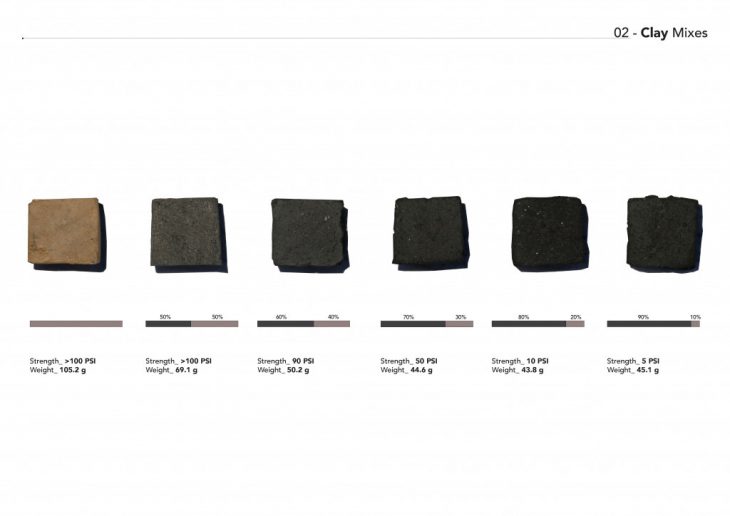
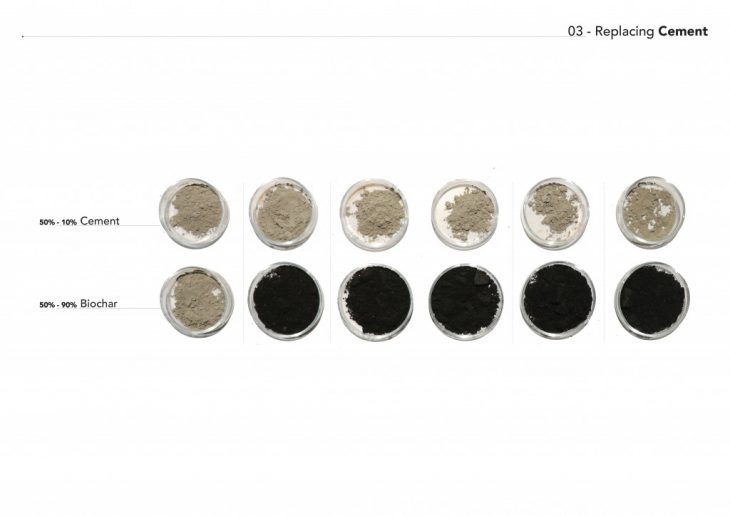
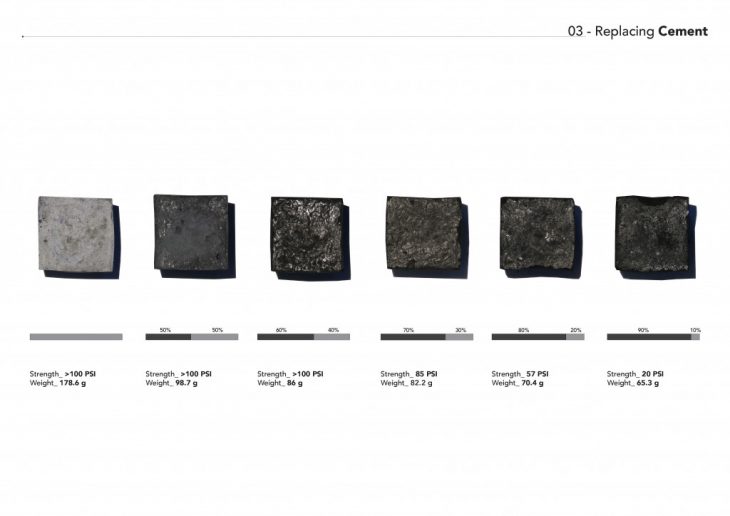
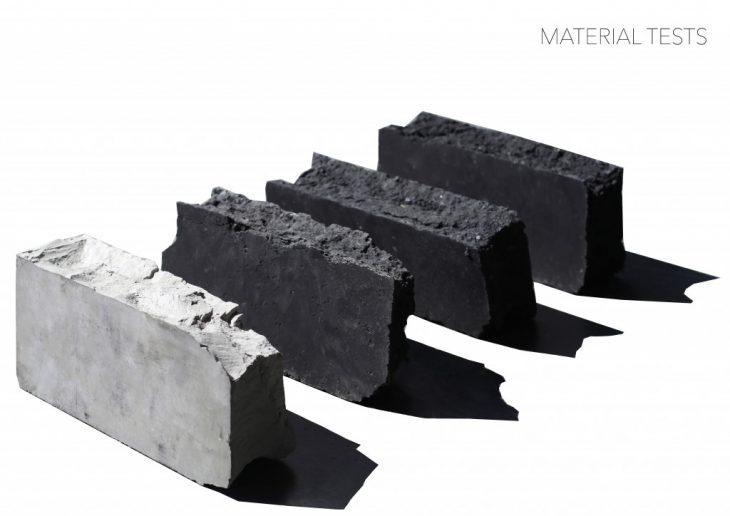
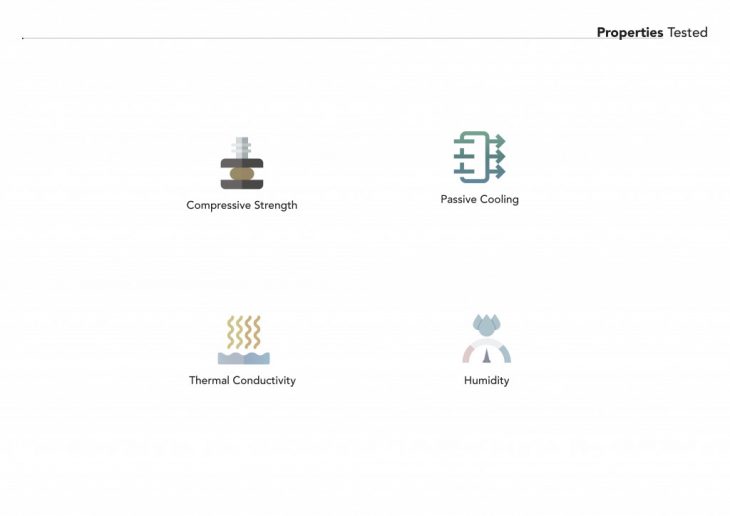
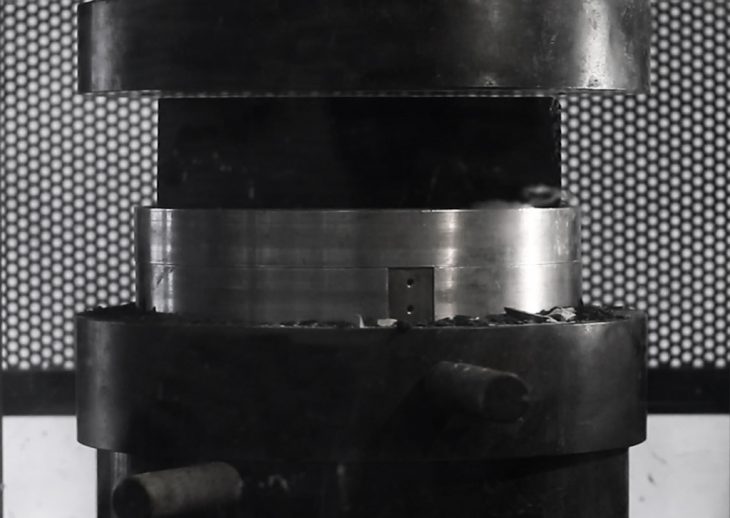
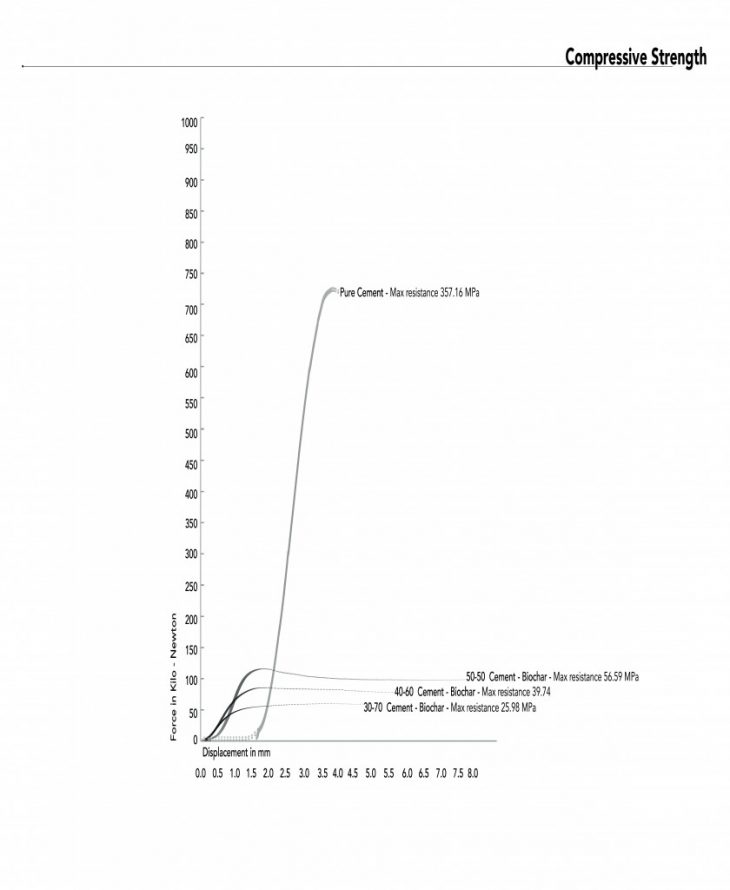
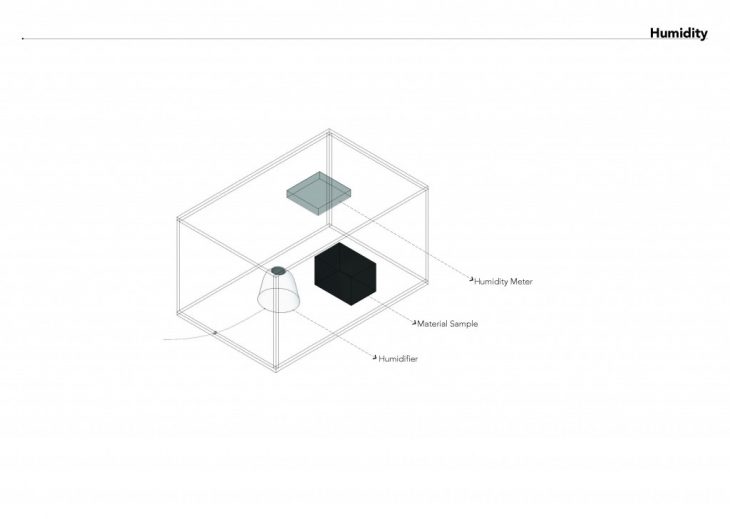
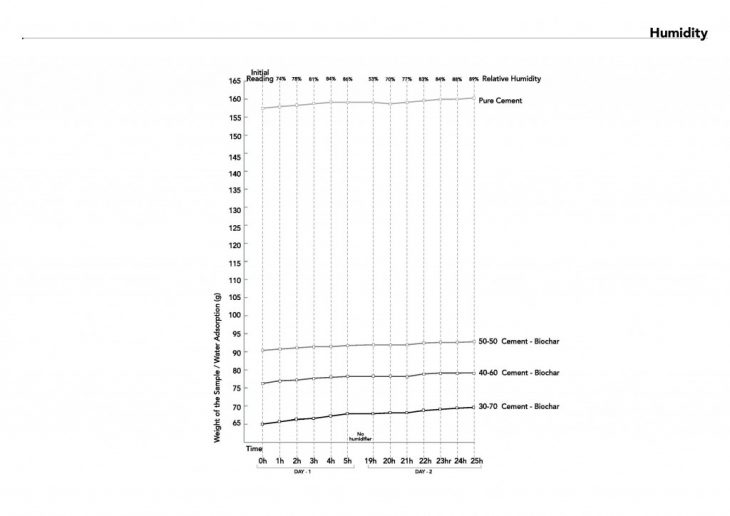

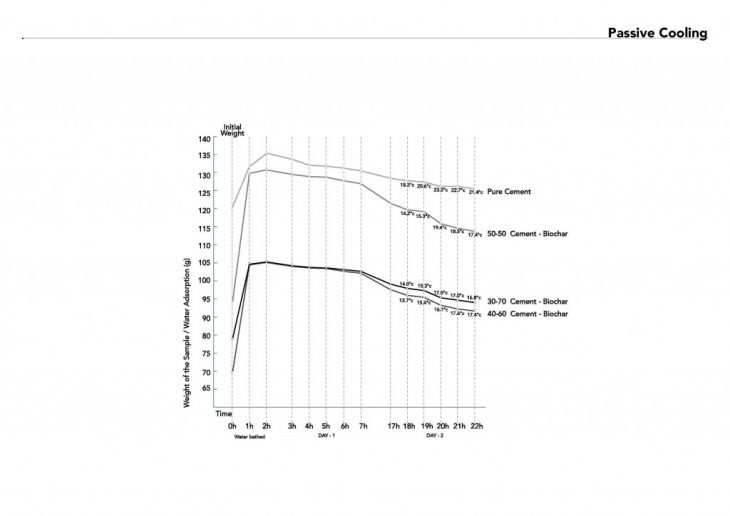
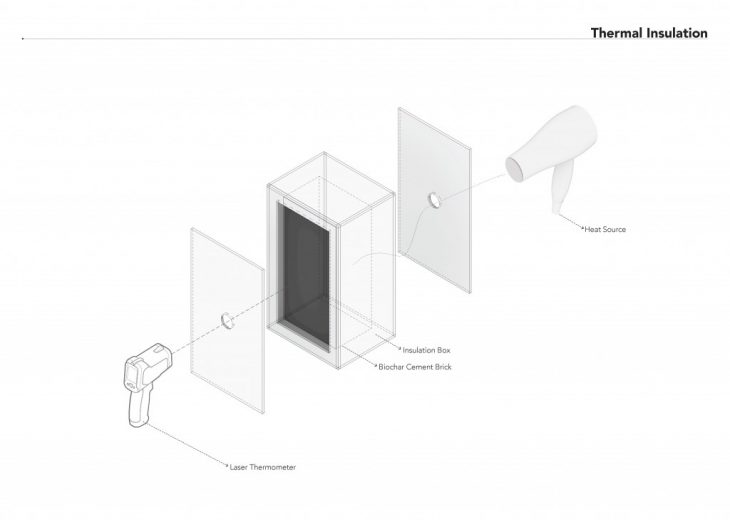
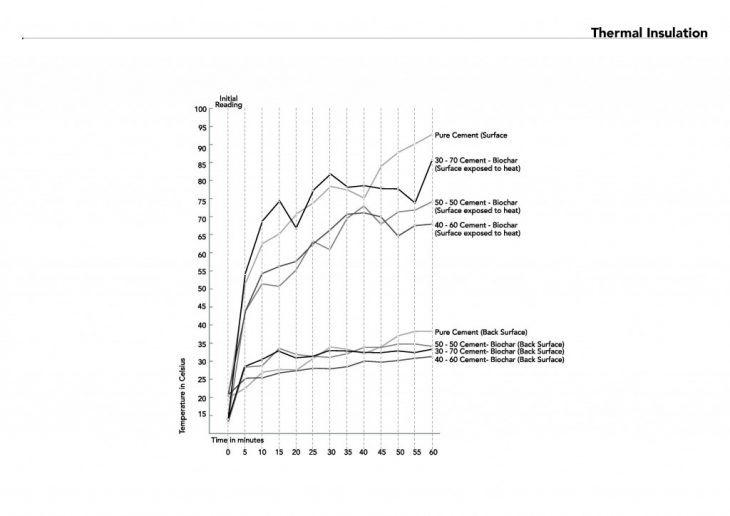
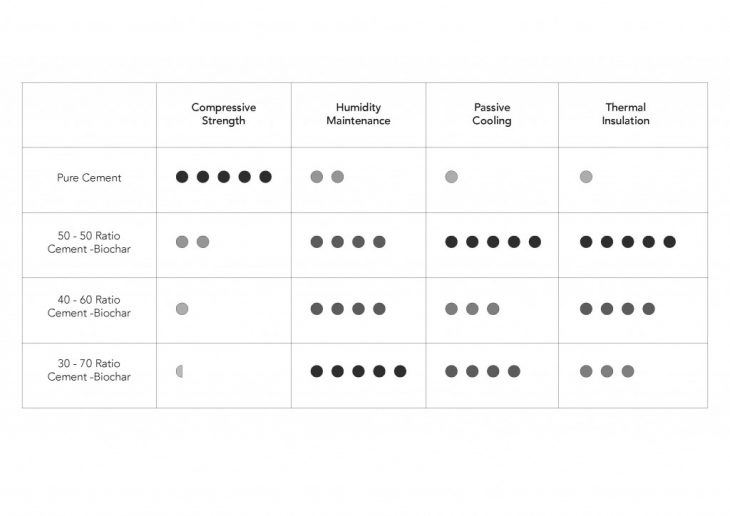
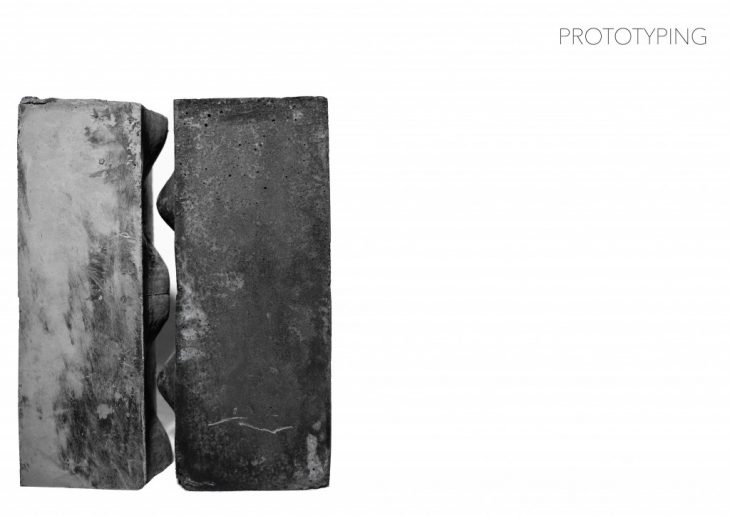
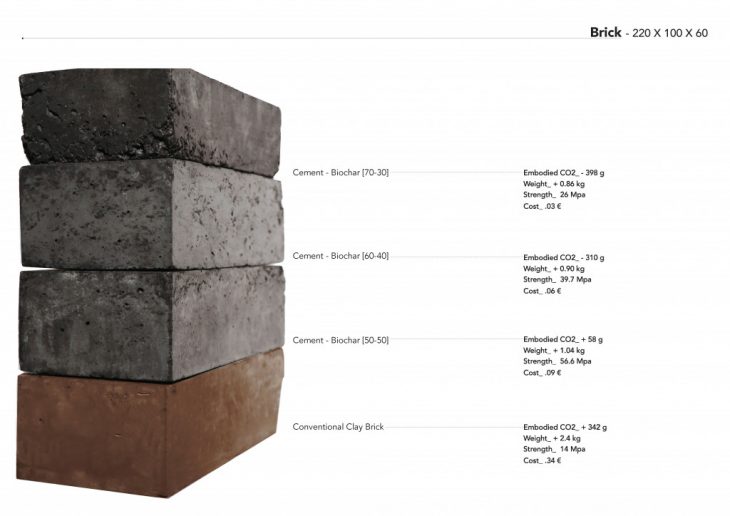
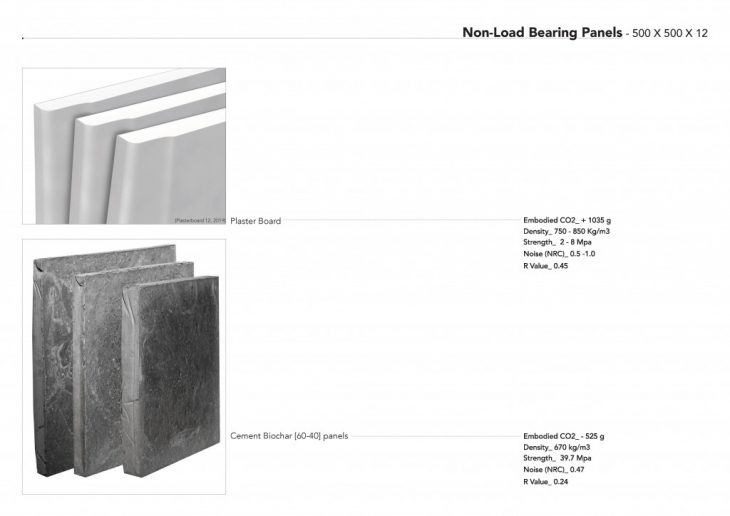
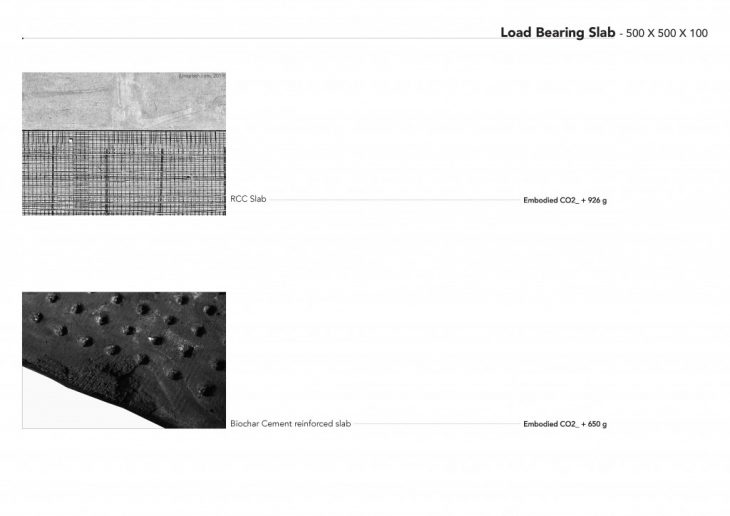
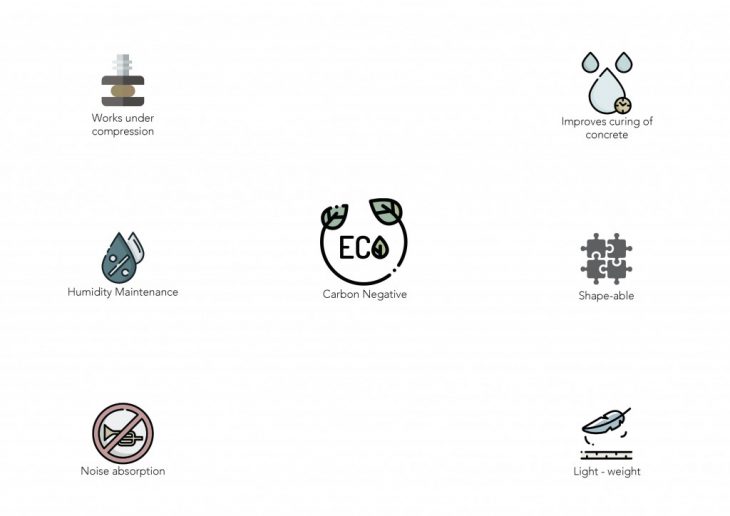


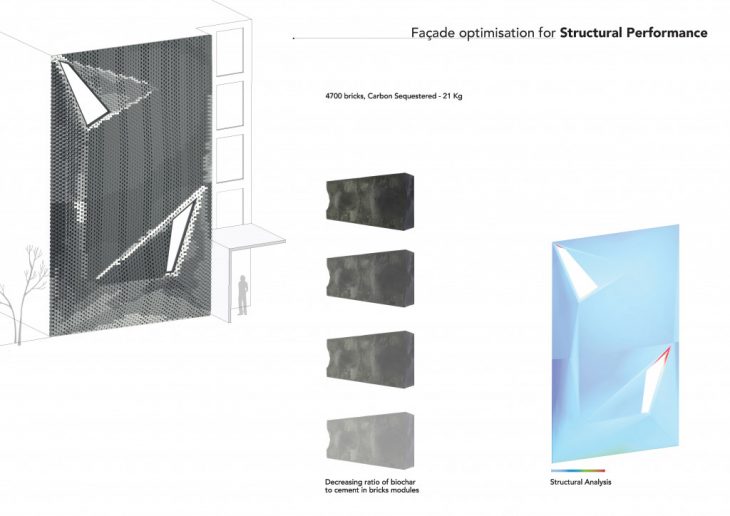

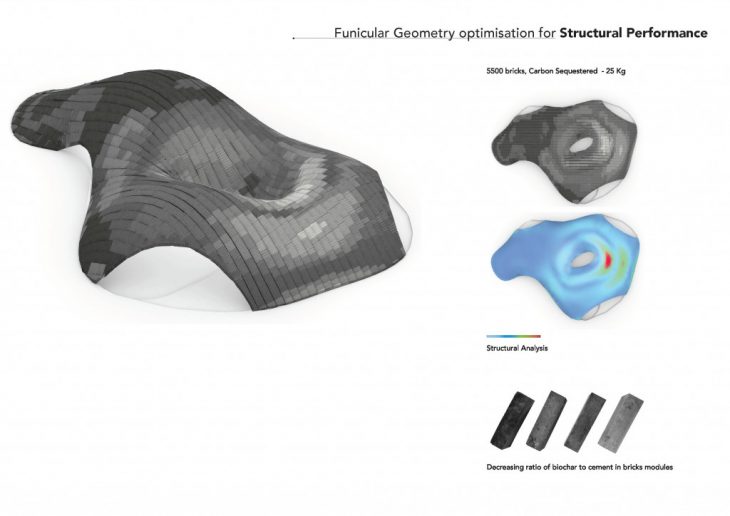
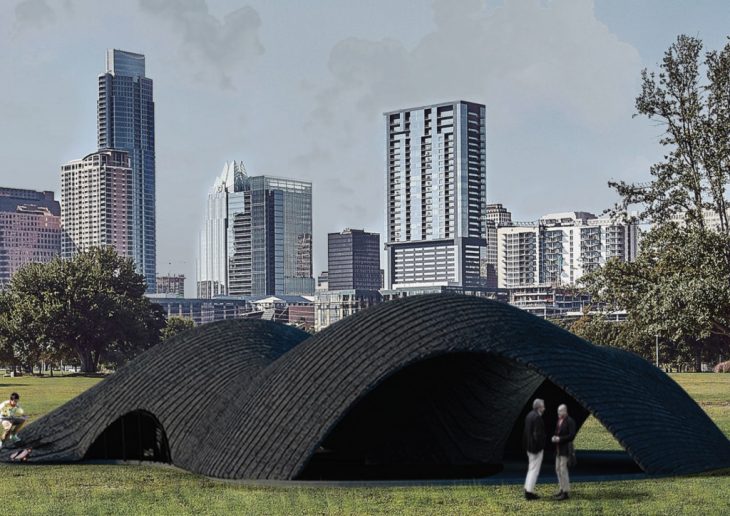
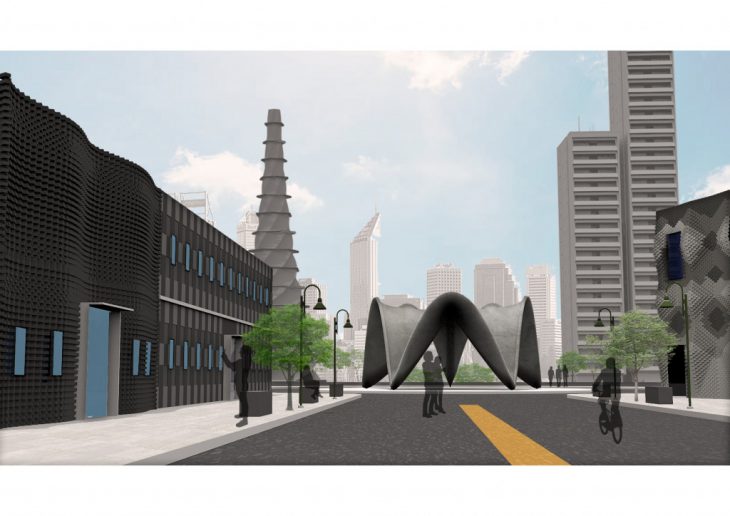
</p>